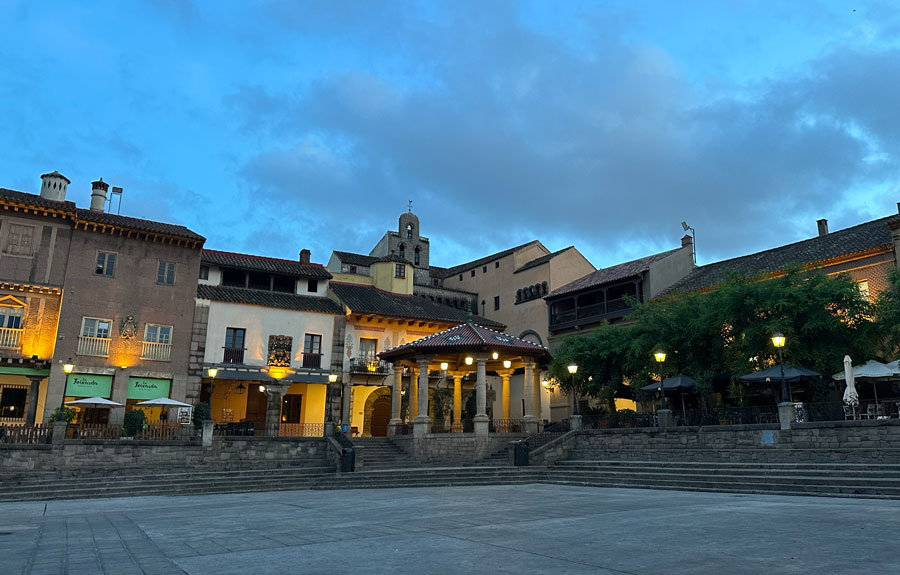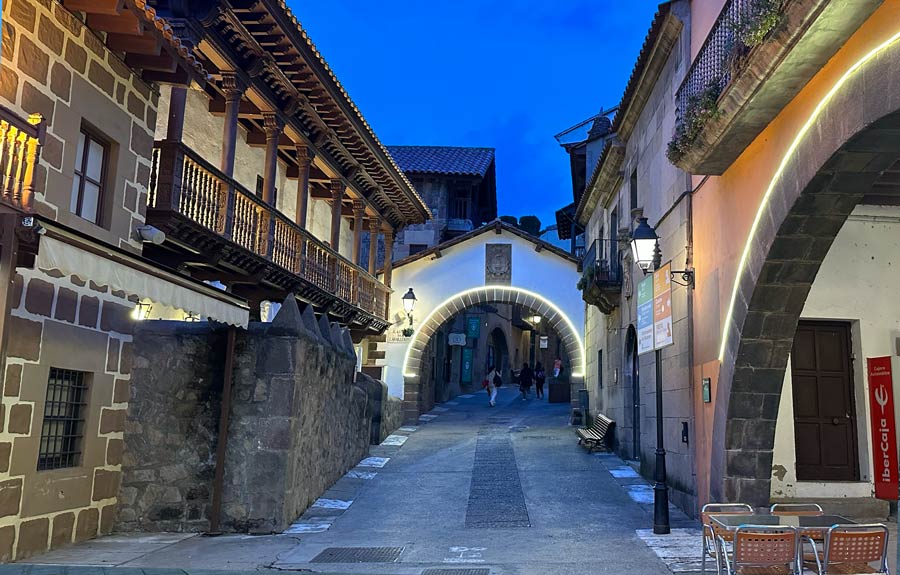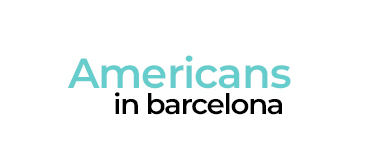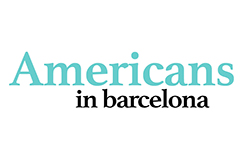Up in the Montjuïc mountain, you’ll find this unique ‘village’ known as Poble Espanyol. And it’s called Poble Espanyol for a reason… Keep reading to discover more about this interesting place!
History and Context
Poble Espanyol was inaugurated on May 20th, 1929, in the context of the Barcelona International Exposition. The idea was driven by one of the most famous Catalan architects, Puig i Cadafalch (Casa Amatller). And the architects Francesc Folguera and Ramon Reventós, and the artists Xavier Nogués and Miquel Utrillo, carried out the project.

What motivated the creation of Poble Espanyol?
In the context of the Exposición Universal, an event that celebrated culture, industry, and architecture from Spain and other countries, they made the decision to build a large pavilion that represented Spanish culture in one place. Consequently, the result was a ‘town in miniature’ that showcased diverse regions of Spain. This allowed the reflection of the architecture, art, and culture from different areas all in one location.
Towns represented in Poble Espanyol
This ‘village’ houses 117 monuments, each representing various regions in Spain. Here is a list divided by ‘comunidades autónomas’ so that you can identify some of the towns and monuments when you visit!
- Catalunya: Belianes, Besalú, Rupit i Pruït, Camprodon, Santa Pau (La Garrotxa), Tàrrega, Montblanc, la Garriga, Cornudella.
- Aragón: Albarracín, Alquézar, Jérica, Graus, Valderrobres, Morella, Fresneda, Borja, Calaceite, Fraga, Alcañiz, Maluenda, Sariñena, Torralba de Ribota, Utebo.
- Andalucía: Arcos de la Frontera, Úbeda, Córdoba, Écija, Málaga.
- Castilla y León: Aranda de Duero, Arcos de la Lonja, Toro, Ayllón, Segovia, Molinos de Duero, Vinuesa, Burgo de Osma, Riaza, Peñafiel, Ávila.
- Castilla la Mancha: Sigüenza, Toledo, Guadalajara, Atienza.
- Galicia: Betanzos, Caldas de Reyes, Cambados, Pazo de Fefiñáns, Villanueva de Lourenzá.
- Extremadura: Cáceres, Plasencia, Miajadas.
- Navarra: Corella, Olazagutía, Sangüesa, Estella, Villatuerta, Valle del Roncal,
- País Vasco: Erandio, Vitoria, Vergara.
- Cantabria: Santillana del Mar.

Poble Espanyol restaurants
What dining options are available? Poble Espanyol offers 10 restaurants with a wide range of choices, from traditional Catalan cuisine to tapas and even fusion Mexican dishes. So, in addition to exploring the various regions of the country, you can also immerse yourself in its culinary culture!
However, if you prefer to bring your own sandwich, that’s also a great idea. Montjuïc area has plenty of opportunities to enjoy a picnic on a sunny day!

Best time to visit
This ‘Spanish village’ offers musical and cultural events on some evenings. So, a good option can be to visit Poble Espanyol in the afternoon and then enjoy some of its activities in the evening hours.
And besides visiting Poble Espanyol, remember that the Montjuic area has many treasures to explore! Among them, the Barcelona Botanical Farden, Montjuic Magic Fountain, Montjuic Castle…
Address: Avinguda de Francesc Ferrer i Guàrdia, 13.



